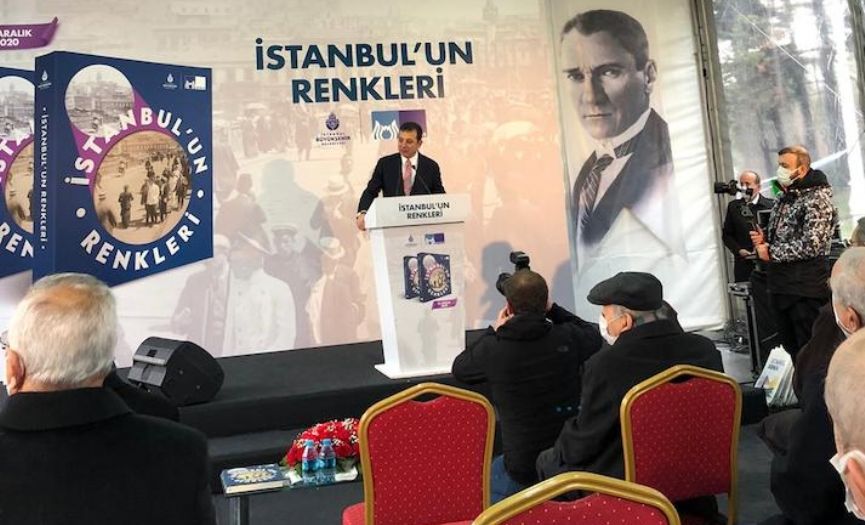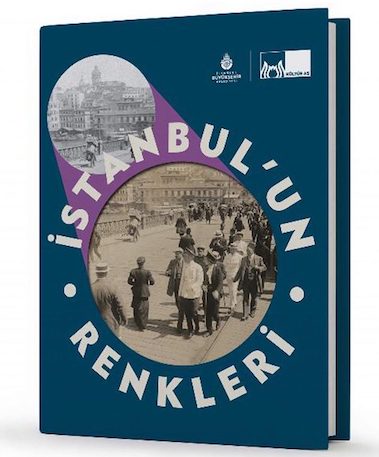
´Colors of Istanbul´
The book ´Colors of Istanbul (Istanbul´un Renkleri)´ telling about the different faith groups that have an important place in Istanbul´s cultural heritage, published by Kültür A.Ş., an affiliate of the Istanbul Metropolitan Municipality, has been introduced in a meeting in Malta Pavilion.
Outlined translation by Janet MITRANI
The 'Colors of Istanbul (Istanbul'un Renkleri)' book, published by Kültür A.Ş., an affiliate of the Istanbul Metropolitan Municipality, has been introduced in a meeting in Malta Pavilion in Beşiktaş, with the participation of Mayor of Istanbul Ekrem Imamoglu, religious community, and foundation leaders, on December 23rd. The book tells about the different communities of faith that have lived in Istanbul for centuries, having an important place in Istanbul's cultural heritage but sadly decreasing in our day.

The Istanbul Metropolitan Municipality (IBB), compiled the 'Colors of Istanbul' book to tell about the communities in Istanbul, one of the world's iconic cities of cultural and traditional diversity. In the project, people of all communities such as Greek, Armenian, Jewish, Bulgarian, Polish, Syriac, and Latin, were included. For the book that is portraying Istanbul's culture and what it means to be from Istanbul, many important writers and researchers came together.
In the book where the foreword has been written by Altan Öymen, Şalom Newspaper Editor-in-Chief Ivo Vedat Molinas told about the Jews of Istanbul, Ali Çokona told about the Istanbul Orthodox Greeks, Saro Dadyan told about the Bulgarians living in Istanbul, Püzant Akbaş told about the Armenians of Istanbul, Rinaldo Marmara told about the Latin Catholic community of Istanbul, Nazım Alpman told about Polonezköy which is a Polish village in Istanbul, Sait Süsin told about the history and today of Istanbul Syriac Christians, and Mehmet Yüce told about the contributions of these communities to Turkish Sports. The epilogue of the book was written together by the project directors Cengiz Özkarabekir and Sevecen Tunç.

Related Newsss ss












